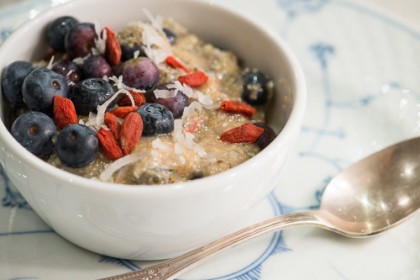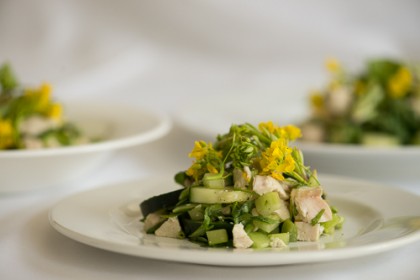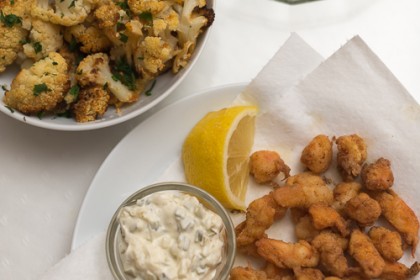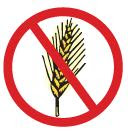The answer is a little complicated. You won’t be able to tell if gluten is a problem for you unless you give up gluten 100% for 3 months. This is because it takes a while for gluten to get out of your system. By incorporating some gluten free food into your diet– cereals, pasta, breads, snacks–you might realize being gluten free is not only do-able it is is fun. Being partially gluten free would allow you to change your eating habits gradually and to learn about living gluten free. But you wouldn’t get the huge benefit of feeling better and having chronic problems potentially disappear.
Dr. Nancy O’Hara, who is an integrated doctor says if you can’t be 100% off gluten (or dairy) then she would rather see you on a different type of healing diet (The Body Ecology Diet, Gut and Psychology Syndrome Diet, Specific Carbohydrate Diet or a low oxalate diet.) People often go on a 85% gluten free diet and don’t get better and so they decide the GF diet doesn’t work for them, when they might get completely better by removing gluten completely. A gluten free diet is tricky because so much food contains hidden gluten. Oats, for instant, are not gluten free unless specially labelled because they rotate crops and often grow oats in the old wheat fields. And soy sauce, rice crispies and Twizzlers all contain gluten. So unless you are reading every label and researching how to do a gluten free diet, you might think you are doing a gluten free diet but you really aren’t.
I would caution anyone to not judge the effectiveness of being GF until they are 100% on it for a few months. Also, typical celiac tests, which aren’t terribly reliable anyway, don’t work on a gluten free or gluten restricted diet, so it is a good idea to get testing done before you decrease the amount of gluten in your diet if the information is important for you to have.





GFOnWallStreet - I find I feel better when I eat “grain free” (GF of not). Sometimes when I eat something GF, like a GF bagel, I feel just as bad as if I had a a regular bagel. I realize that it could be something else in the bagel (most “added” oils and fats make me pretty sick)…but it seems strange to me. Do you think that means I should stay away from all grains, including GF?
Goa - I don’t think so…
Goa India